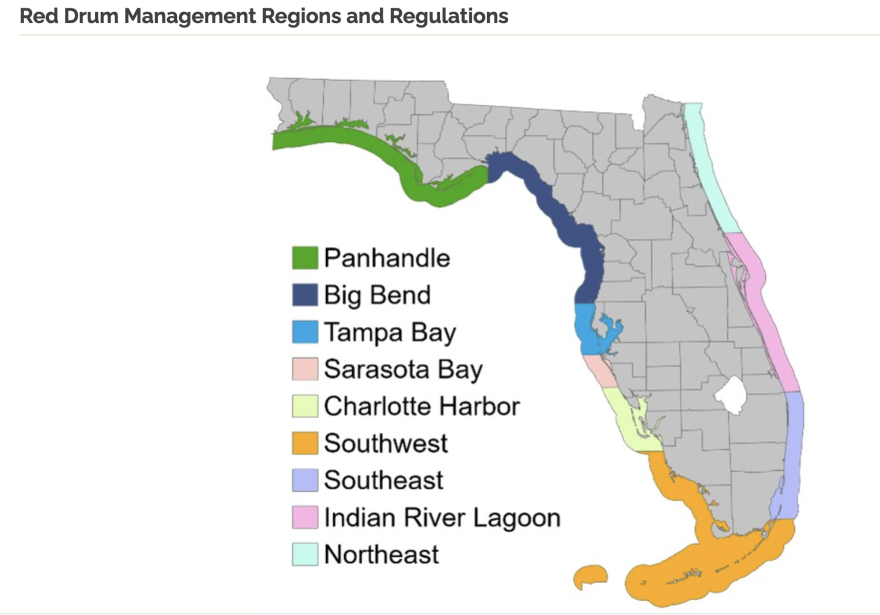Potent drugs used to treat a range of human ailments, from heart disease to psychosis, are turning up in a popular Florida fish found in waters from the state’s northern coasts to the Keys, a new report found.
The study from the Bonefish Tarpon Trust and Florida International University found redfish, a copper-colored sportfish that inhabits waters from St. Augustine to Pensacola, contaminated with the pharmaceuticals often leaked into coastal waters from failing septic tanks. The latest study builds on findings last year that detected the same drugs in bonefish around the Keys and in Biscayne Bay.
“The results underscore the urgent need to modernize Florida’s wastewater treatment systems,” BTT President Jim McDuffie said in a statement, threatening the state’s lucrative recreational fishing industry.
In its latest tally of economic impact, the American Sportfishing Association said Florida leads the nation by generating nearly $14 billion in recreational fishing annually.

For the year-long study, researchers and volunteers sampled more than 100 redfish, also called red drum, in nine estuaries that surround the state, from the Panhandle, south to Tampa Bay and Charlotte Harbor, to Florida Bay and north to the Indian River Lagoon and Jacksonville.

Human drugs were found in every fish sampled, with at least two different kinds of drugs found on average in the fish. But some had as many as five different drugs.
A quarter of the fish had levels high enough to be considered harmful for the fish, researchers said. The amount equalled about one-third of the therapeutic levels in humans, they said, meaning humans would need to eat literally a ton of fish to be harmed. It poses a far lower risk than, say, the threat from mercury in the fish.
Of the 12 most commonly detected drugs, seven have been found to harm fish. The other five have not been investigated.
The most commonly found drugs were heart medicine, opioids and anti-psychotic drugs, with the heart meds and opioids found in half the fish sampled. The fish likely inhaled the drugs through water or by eating contaminated prey, the scientists said.
The study expands on a similar survey completed last year on bonefish in Florida Bay and Biscayne Bay.
Schools of bonefish once streamed across flats lush with seagrass, but are now a rare sight, with fish both fewer in number and smaller in size. Scientists worry that the septic pollution flowing from stormwater and through Florida’s porous limestone in densely populated South Florida may be driving the fish away. Aside from the drugs that harm fish, nutrients in the pollution can also fuel algae blooms that suck up oxygen and shade the light seagrass meadows need to thrive.

They now know those same drugs are contaminating another popular sportfish across the state.
Both studies warn that Florida needs to do more to address pollution fouling its growing coasts. As climate change warms the planet, those conditions are expected to turn even more dire as hurricanes grow more intense, more harmful stormwater flows into the sea and fish find it harder to thrive.
Copyright 2023 WLRN 91.3 FM. To see more, visit WLRN 91.3 FM. 9(MDA4MzM1MjM1MDEzMTg5NTk0MzNmOTQ5MA004))

